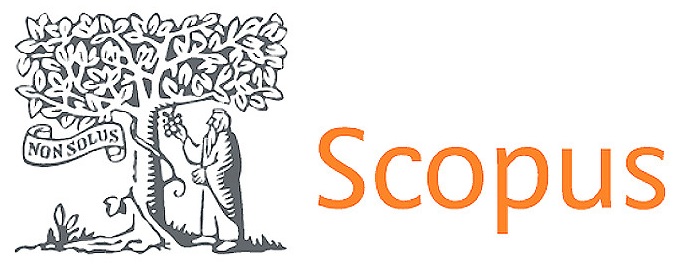Autoimmune pemphigus: opportunistic infectious complications and comprehensive patient care
DOI:
https://doi.org/10.56294/sctconf20251765Keywords:
pemphigus vulgaris, autoimmune blistering diseases, opportunistic infections, mmunosuppression, comprehensive patient careAbstract
Pemphigus is a rare autoimmune blistering disease characterized by loss of keratinocyte adhesion and the development of blisters and erosions on the skin and mucous membranes. The aim of this narrative review is to describe the clinical and pathophysiological features of pemphigus, analyze opportunistic infectious complications related to immunosuppressive therapy, and summarize recommendations for comprehensive patient care. A structured literature search was performed in SciELO, RedALyC, and LILACS, including original articles, case reports, clinical series, guidelines, and reviews published between 2013 and 2024 in Spanish and Portuguese. The reviewed evidence shows that pemphigus vulgaris and paraneoplastic pemphigus are the variants with the highest mucosal involvement and greater disruption of the cutaneous–mucosal barrier, predisposing patients to bacterial, viral, and fungal superinfections, particularly under long-term immunosuppression. Systemic corticosteroids remain the mainstay of treatment, often combined with steroid-sparing agents and targeted immunotherapy, such as rituximab, according to disease severity. Nursing care plays a key role in skin and mucosal protection, prevention of secondary infections, nutritional support, pain control, and psychosocial assistance. Close coordination of the multidisciplinary team, together with patient and family education, is essential to reduce morbidity and mortality, enhance treatment adherence, and improve quality of life in this chronic and potentially life-threatening disease.
Published
Issue
Section
License
Copyright (c) 2025 María Adela Pérez Velilla, Vivian Cáceres Bordón (Author)

This work is licensed under a Creative Commons Attribution 4.0 International License.
The article is distributed under the Creative Commons Attribution 4.0 License. Unless otherwise stated, associated published material is distributed under the same licence.



